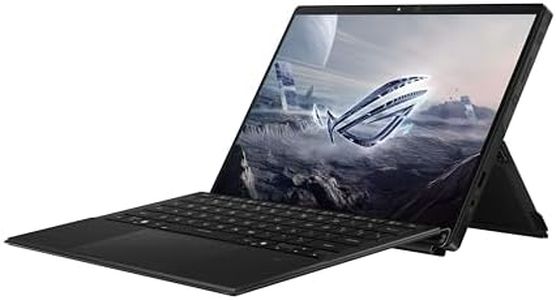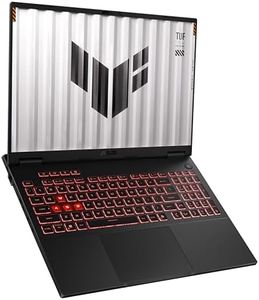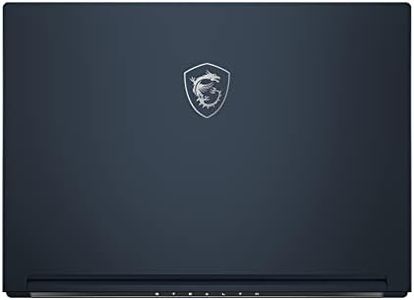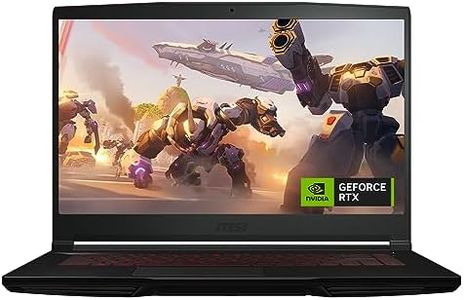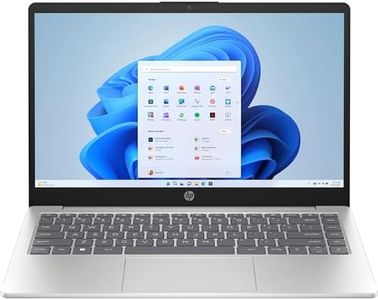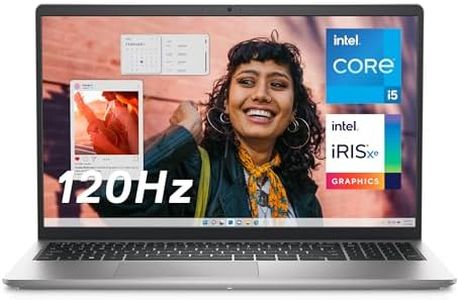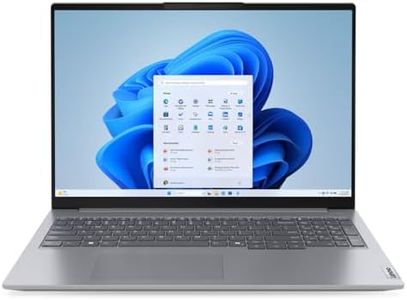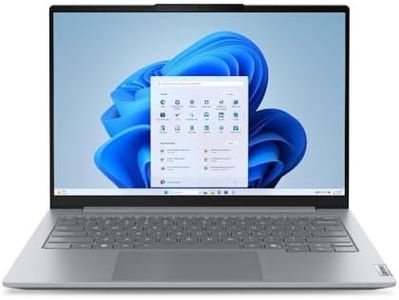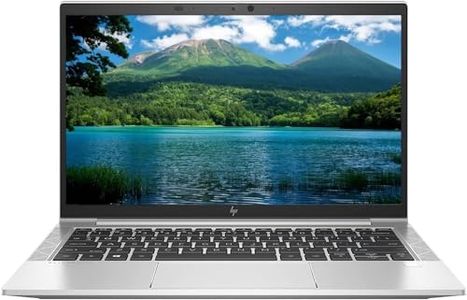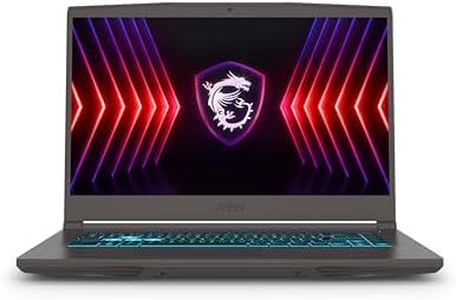We Use CookiesWe use cookies to enhance the security, performance,
functionality and for analytical and promotional activities. By continuing to browse this site you
are agreeing to our privacy policy
10 Best Laptops For Photo And Video Editing
From leading brands and best sellers available on the web.Buying Guide for the Best Laptops For Photo And Video Editing
Choosing a laptop for photo and video editing is an exciting process because the right machine will make your creative work smoother, faster, and more enjoyable. The secret is to understand which features really affect editing performance and reliability so you can select a laptop that fits your creative habits. By focusing on the key specifications, you'll be able to find a model that handles large files, runs editing software efficiently, and displays your images and videos accurately.Processor (CPU)The processor acts as the brain of your laptop, handling all calculations and tasks. For photo and especially video editing, having a strong processor greatly affects how quickly your laptop can process edits, render projects, and manage large files. Processors range from basic (dual-core) to advanced (multi-core, often quad-core or higher). Basic quad-core CPUs are usually enough for light photo work, but for complex photo edits or video editing, look for at least a six-core or eight-core model. If you work with large video files or multitask heavily, choose a more powerful CPU so your workflow stays smooth.
Graphics Card (GPU)The graphics card helps with displaying images and videos, and it accelerates certain tasks in editing programs, especially in video editing. Integrated graphics (built into the processor) work for light tasks, but if you edit high-resolution photos or videos (such as 4K video), a dedicated graphics card will help with playback, rendering, and effects. Pick an entry-level dedicated GPU for moderate editing; for frequent video work, especially with effects or color grading, opt for a mid or high-tier graphics card.
RAM (Memory)RAM is your laptop’s short-term memory, storing information temporarily while you work. Editing photos and videos needs a good amount of RAM, especially as file sizes and project complexity grow. Laptops range from 8 GB to 64 GB or more, but for photo editing, 16 GB is usually comfortable; for video editing, especially high-resolution or multi-layered projects, 32 GB or higher can make a noticeable difference. Choose based on the scale and requirements of your typical projects, and if you use demanding editing software or keep several applications open, consider more memory.
Storage (SSD/HDD)Storage is where your files, applications, and system are kept. There are two main types: SSDs, which are faster, and HDDs, which are slower but usually bigger. Editors benefit from SSDs as they allow for quick access to files and faster opening of applications, which reduces wait times. Laptops can have just one drive or both types (SSD for speed, HDD for storage space). For editing, get at least 512 GB SSD, though 1 TB or more gives you flexibility, especially for large video projects. Pick according to the volume of media you handle and how often you archive completed projects.
Display QualityA good display is essential for correctly viewing colors and details in your work. Key factors are screen resolution (Full HD, QHD, 4K, etc.), color accuracy (sRGB, AdobeRGB percentage coverage), and display type (IPS, OLED). Higher resolution screens show more detail, which helps with fine edits, while better color accuracy means what you see while editing is true to the final output. IPS and OLED panels offer better color reproduction and viewing angles. Choose a higher resolution and accurate color display if you do a lot of retouching or color-sensitive work.
Port SelectionPorts are the physical connections for things like memory cards, external drives, or monitors. For editing, having USB-A, USB-C, Thunderbolt, HDMI, and an SD card slot is useful. The more variety and speed in ports, the easier it is to work with external devices and transfer large files. Match your most-used accessories to the ports available to avoid carrying extra adapters.
Battery Life & PortabilityBattery life and portability matter if you edit on the go. Editing tasks drain battery fast, especially on powerful machines. Lighter and thinner laptops may sacrifice battery capacity for portability, while larger ones offer more power at the cost of weight. If you travel or commute, balance performance with a manageable size and aim for a battery life that covers your typical session away from a charger.

